A total of 26,725 students participated in the 2023 NSS Gerard K. O’Neill Space Settlement Contest with 4,567 entries from 19 countries around the world. The Grand Prize winning 7th grade project team entry is illustrated above.
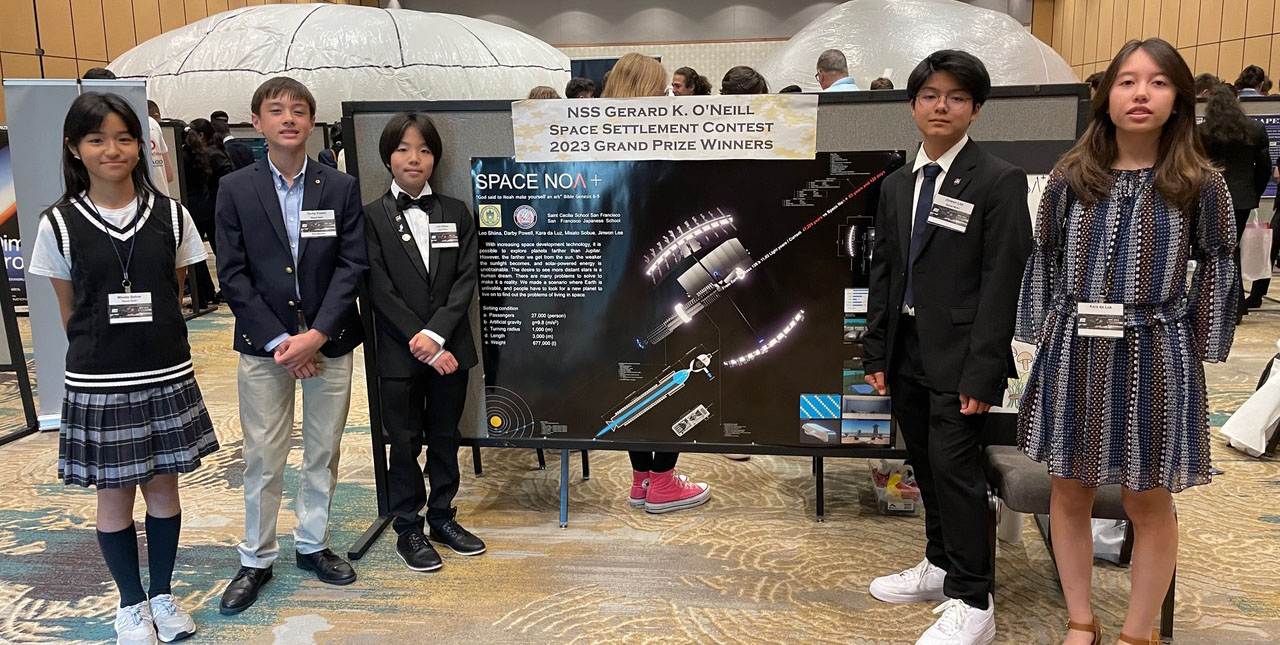
The Grand Prize winning 7th grade project team consisted of (left to right) Misato Sobue, Darby Powell, Leo Shiina, Jinwon Lee, and Kara da Luz of the Saint Cecilia School and San Francisco Japanese School, San Francisco, California.
How Space NoɅ+ Was Born
By Leo Shiina, Team Leader, Space NoɅ+ Project (7th Grade small group entry)
“Space NoɅ+ is not a science fiction story. We believe in the future, but the real question is, do you?” As I thus finished my presentation, everyone in the crowd stood up and started cheering. We bowed and went off stage but were brought on stage again because the audience would not stop clapping.
We had just finished presenting our Space NoɅ+ project at the 2023 International Space Development Conference (ISDC). The concept is a space settlement that travels to an Earth-like planet at a time when Earth is no longer livable.
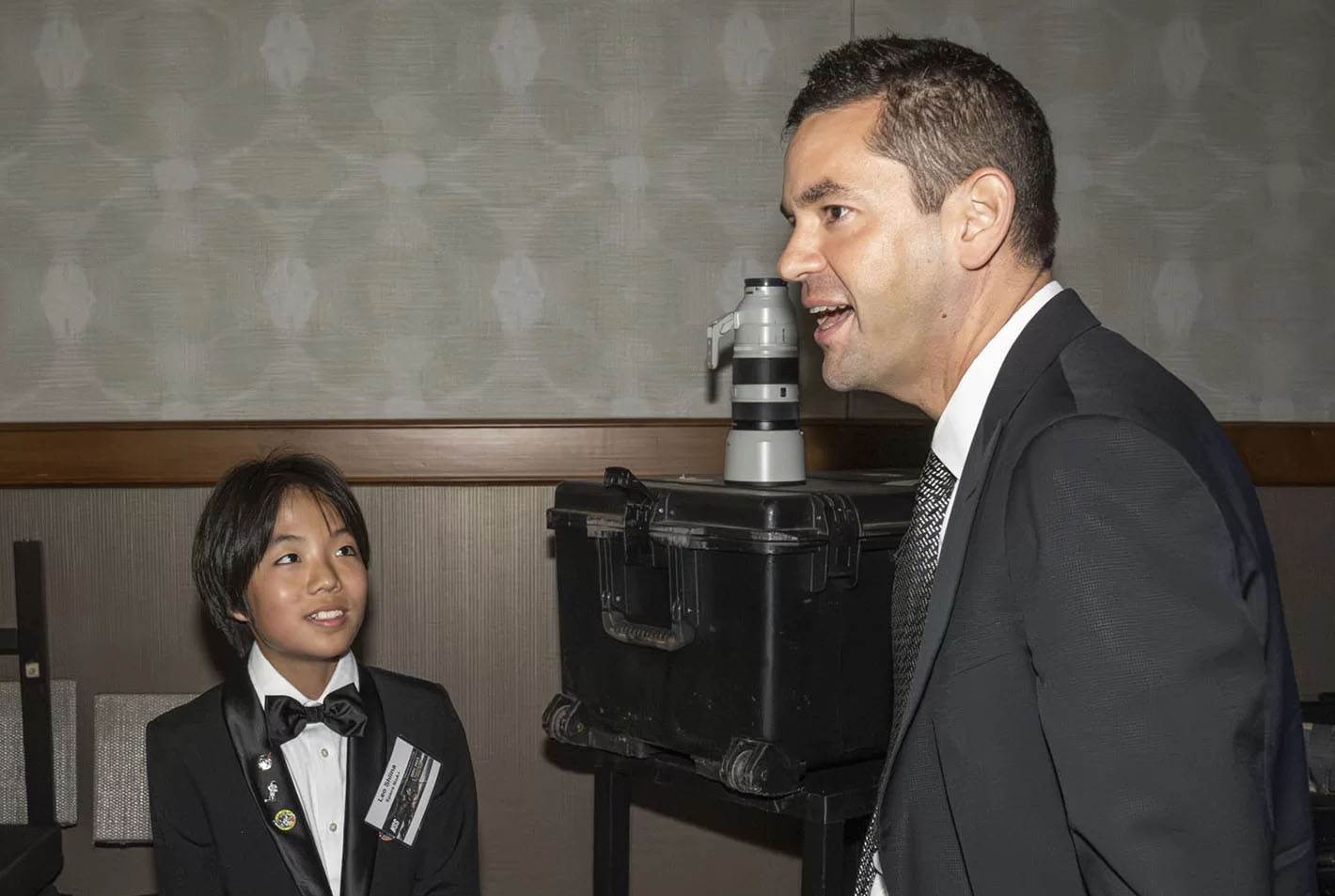 Leo Shiina, Team Leader of the Space NoɅ+ Project, meets with Jared Isaacman, the commander of both Inspiration4 (the first private spaceflight) and the upcoming Polaris Dawn mission, at the 2023 NSS International Space Development Conference. CREDIT: Daniel Fox/NSS.
Leo Shiina, Team Leader of the Space NoɅ+ Project, meets with Jared Isaacman, the commander of both Inspiration4 (the first private spaceflight) and the upcoming Polaris Dawn mission, at the 2023 NSS International Space Development Conference. CREDIT: Daniel Fox/NSS.
Last year, we won First Prize in the category of the 7th Grade and Younger. This year, we won the Grand Prize. When I first heard the news, I was celebrating so loudly that my Apple Watch warned me that it was 103 dB and prolonged exposure to this noise can cause hearing loss. Last year, I studied the posters that I saw at the conference and noticed that many of the space stations were proposed at a Lagrange point, which is a balanced position between the gravitational forces of two bodies (in this case the Earth and the Moon). We decided to propose an original idea. In our scenario, humankind needed a space station to travel to another planet. We researched Earth-like planets that would be habitable for humans. Ross 128b was the most Earth-like, but the downside was its extraordinary distance from Earth of 11.02 light years. The ship would need to reach Ross 128b before the passengers went crazy from boredom or died of old age.
The fastest spacecraft that humankind has built is the Helios-2 which travels 70km per second. This would take 47,000 years to reach Ross 128b. To make the trip faster we designed an accelerated plasma propulsion engine that would travel at 1G for 60 days, then at a constant speed for 65 years, and deaccelerate on the last 60 days. Even though this engine is fast, the travel time is too long for the human lifespan. To manage this, we proposed artificial hibernation.
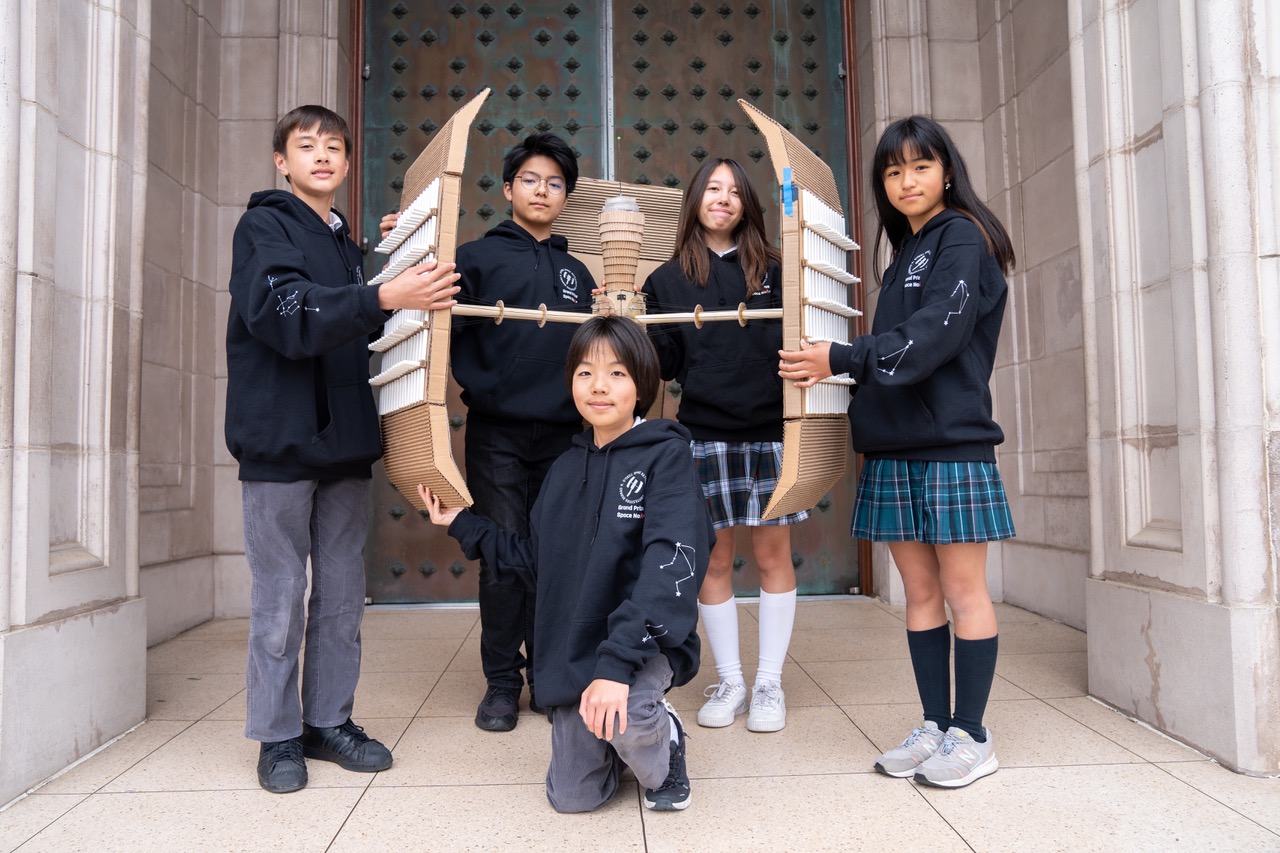 The 7th grade team with a model of their interstellar space settlement, Space NoɅ+.
The 7th grade team with a model of their interstellar space settlement, Space NoɅ+.
I’ve been interested in artificial hibernation since last year’s Space NoɅ proposal. Our new proposal would take 65 years to get to Ross 128b, and artificial hibernation could slow down the aging process. Many people believe that humans cannot hibernate but that may not be the case. There was a report about a man who was stuck inside his car for 60 days in the mountains of Sweden without food or water. When he was rescued, doctors said the reason he survived that long was because he was in a hibernation state.
Dr. Genshiro Sunagawa is the world expert on artificial hibernation. He succeeded in stimulating Q-neurons in the brain of non-hibernating mice to induce hibernation. I wanted to ask him questions about his work but I doubted that a world expert would respond to my email. Then I remembered what Mike Mongo, an astronaut teacher whom I met at ISDC last year, said: “Don’t be afraid to ask. If they say no, you’ll still be where you are now. But if they say yes, you have just gained new knowledge.” To my surprise, Dr. Sunagawa replied that he was going to Chicago for a conference, so he could stop by San Francisco and meet with us. I was super excited to hear this news. From this I learned: never to be afraid to ask.
Dr. Sunagawa explained that animals that hibernate naturally like bears and marmots do so by lowering their body temperature. However, for humans this lowering temperature would cause major health risks. Last year, Dr. Sunagawa found a way to induce hibernation in mice without lowering their body temperature. This has led us one step closer to achieving our goal of using hibernation to help humans survive long trips.
During hibernation, the minimum necessary metabolism to maintain life is still functional. Waste is still produced, which would be dangerous on a 65-year-long journey. We had to think of a way to remove waste from the body while the passengers hibernated. Our first idea was to use artificial dialysis to clean the blood. We soon figured out that this was a very dangerous idea. Having a needle connected to a body for 65 years can be problematic. So, we proposed an intermittent hibernation system where the passengers will hibernate for 6 months which is short enough to avoid needing dialysis, then stop hibernating for 1 month to “rest” before returning to hibernation again. We believe that intermittent artificial hibernation can be used soon.
To solve the mental stress issue of living in a limited closed environment for 65 years we proposed a virtual reality room. The walls, floor, and ceiling are covered with LCD screens, which can display different sceneries with aromatherapy and spatialized audio to make it seem as if you are in the landscape. All furniture can be stored under the floor, with needed furniture only brought up when required. I got the idea from the “high floor” Farnsworth House designed by Mies van der Rohe, who famously said, “Less is More”. We thought using the same high-floor concept with unused furniture stored beneath the floor would be the ultimate example of “Less is More!”
While working on the NSS project I was happy that I could meet many people I admired. After I finished the oral presentation at ISDC I was already thinking about what to do next year. The NSS contest is now a part of my everyday life. With all these technological advances, what seemed like science fiction yesterday, could very well be reality tomorrow.
See the full Space NoɅ+ project entry.
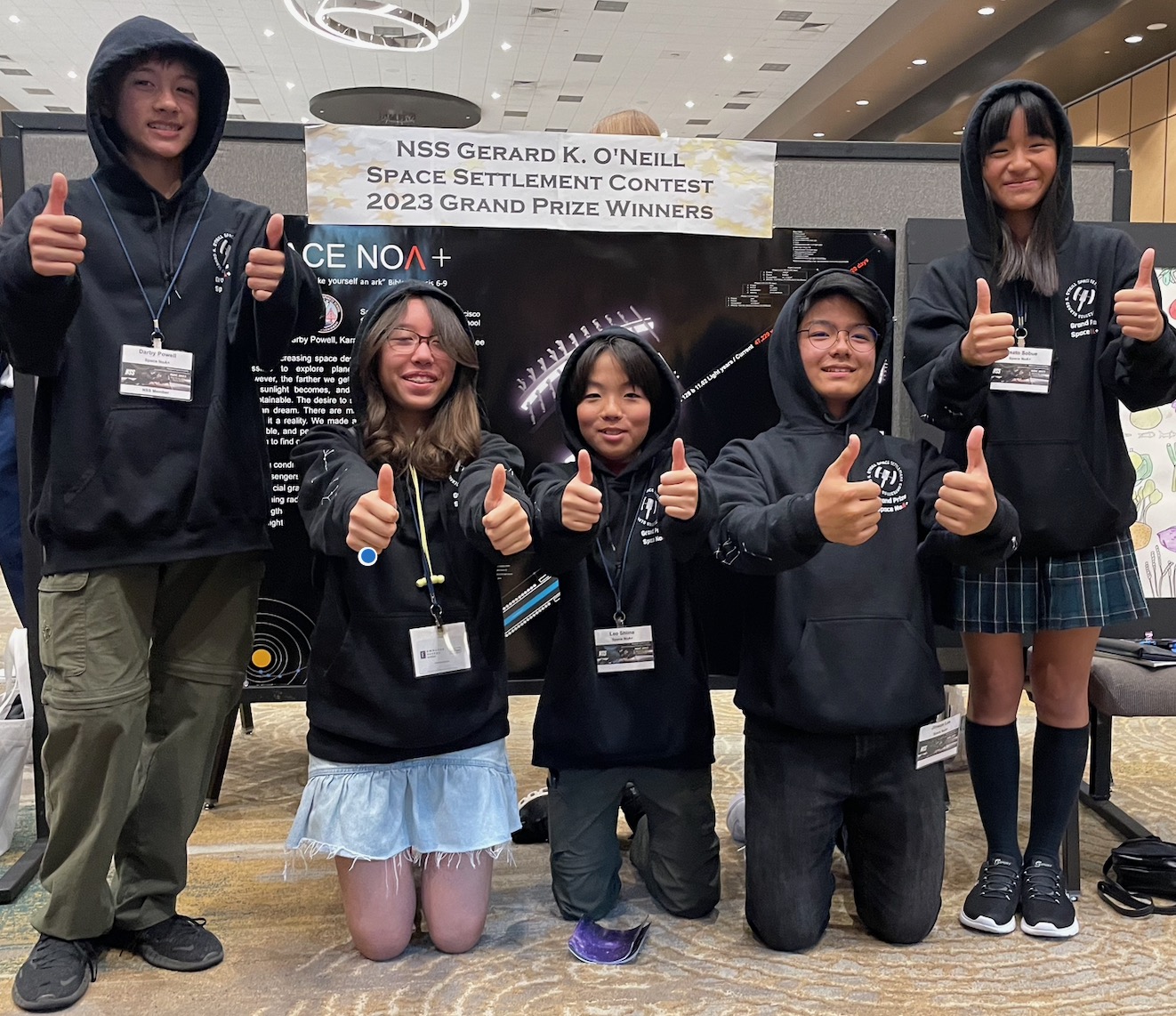 A big thumbs up from the Grand Prize winning 7th grade project team consisting of (left to right) Darby Powell, Kara da Luz, Leo Shiina, Jinwon Lee, and Misato Sobue of the Saint Cecilia School and San Francisco Japanese School, San Francisco, California.
A big thumbs up from the Grand Prize winning 7th grade project team consisting of (left to right) Darby Powell, Kara da Luz, Leo Shiina, Jinwon Lee, and Misato Sobue of the Saint Cecilia School and San Francisco Japanese School, San Francisco, California.
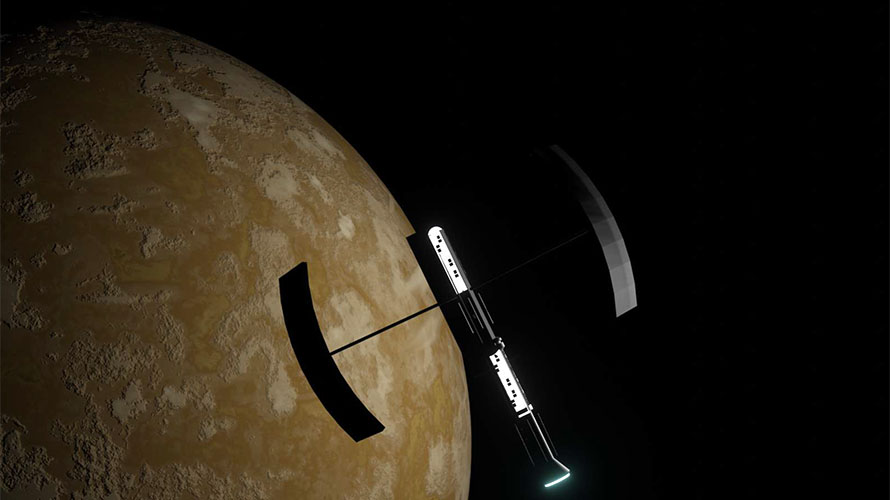
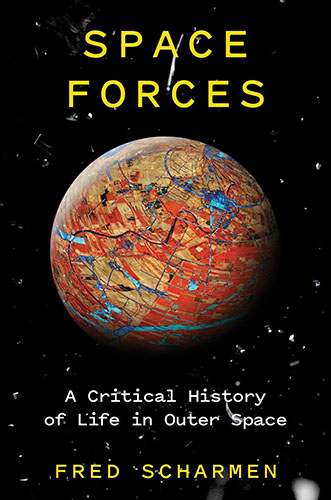
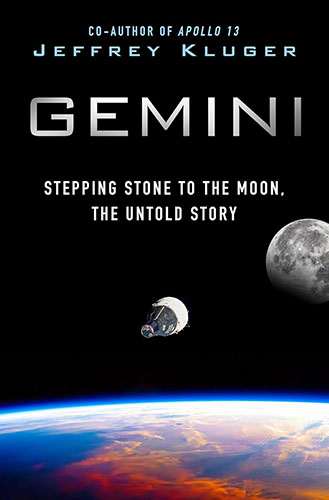
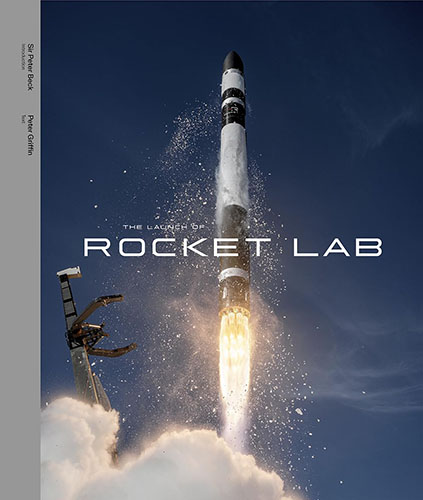
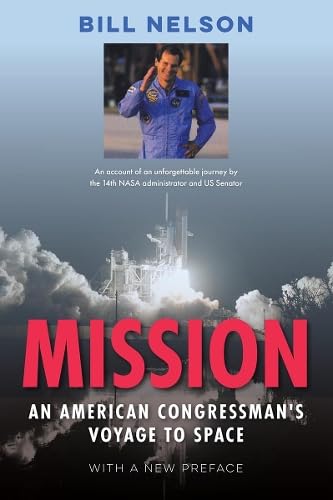
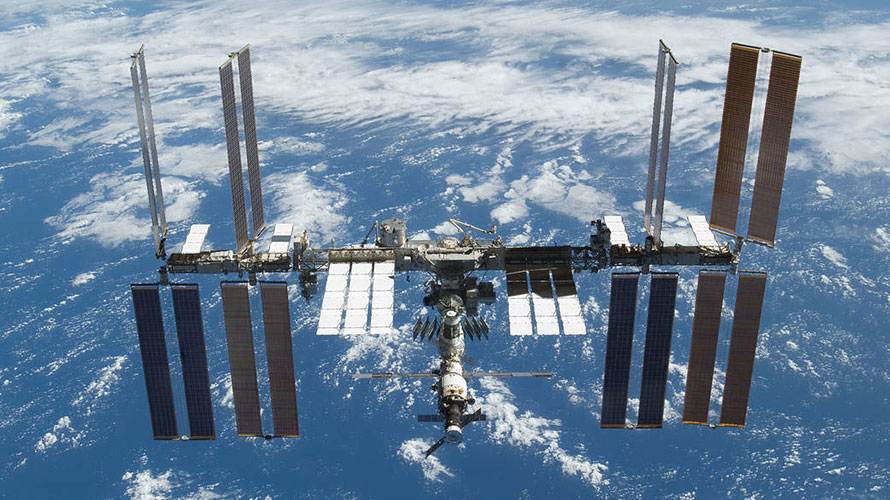
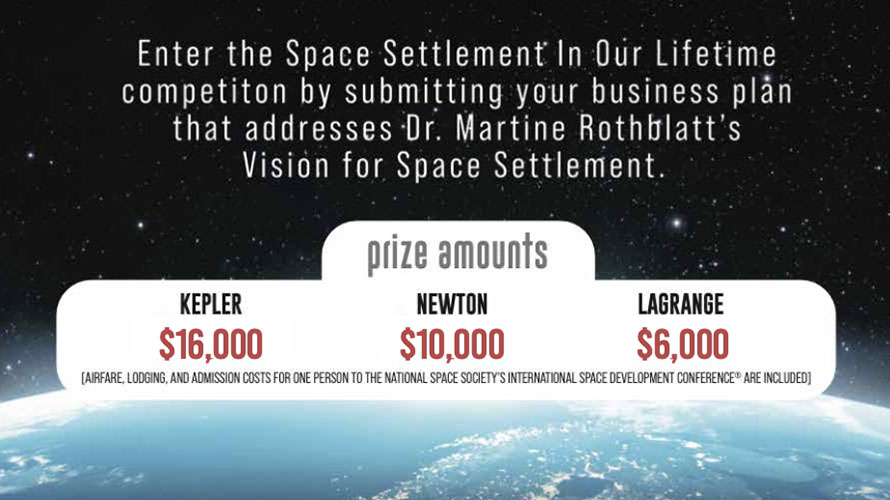
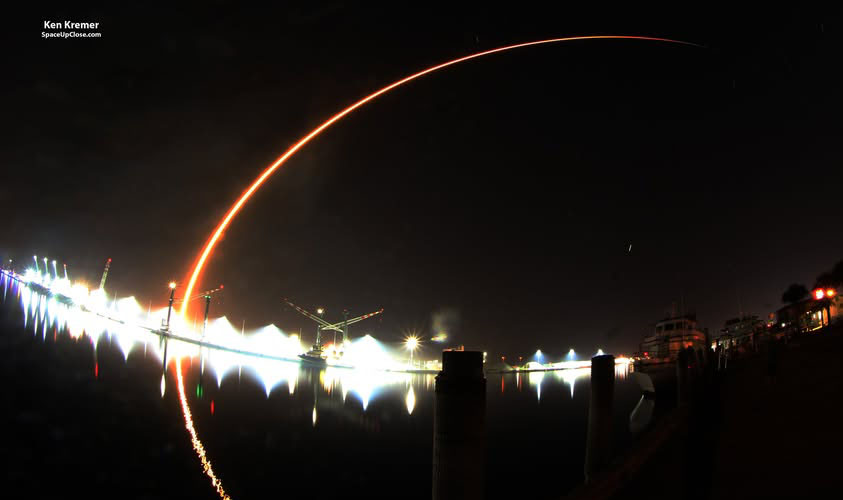
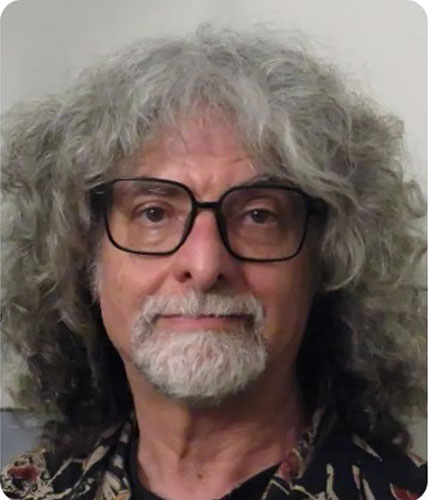
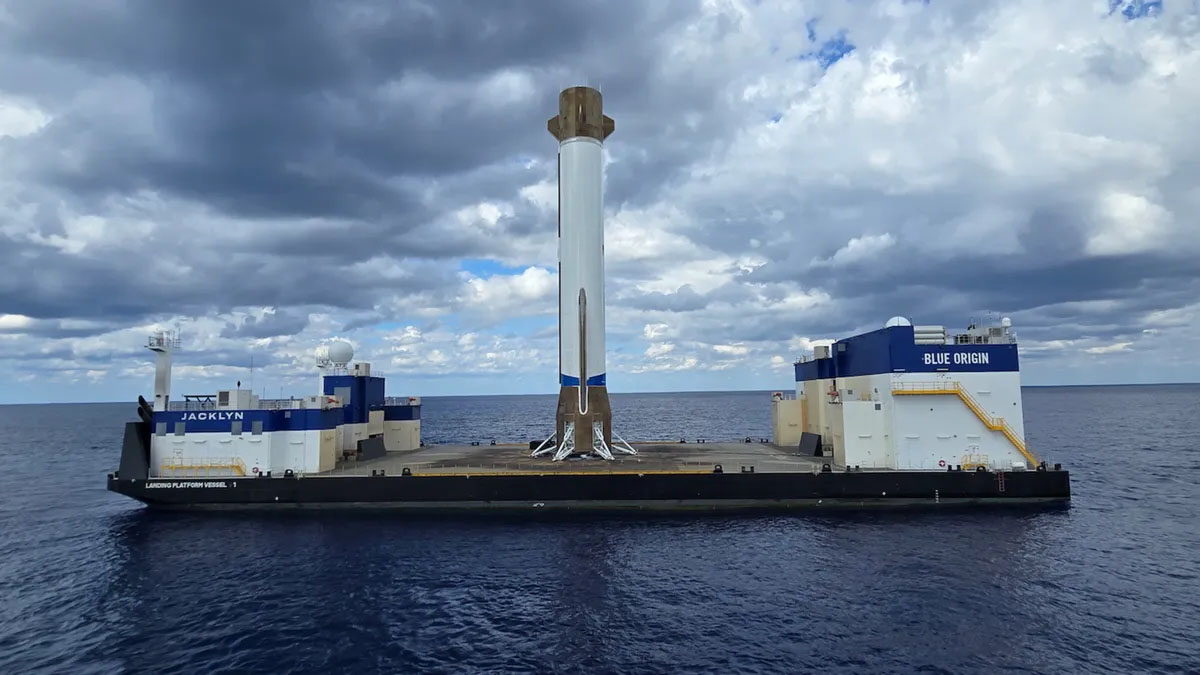
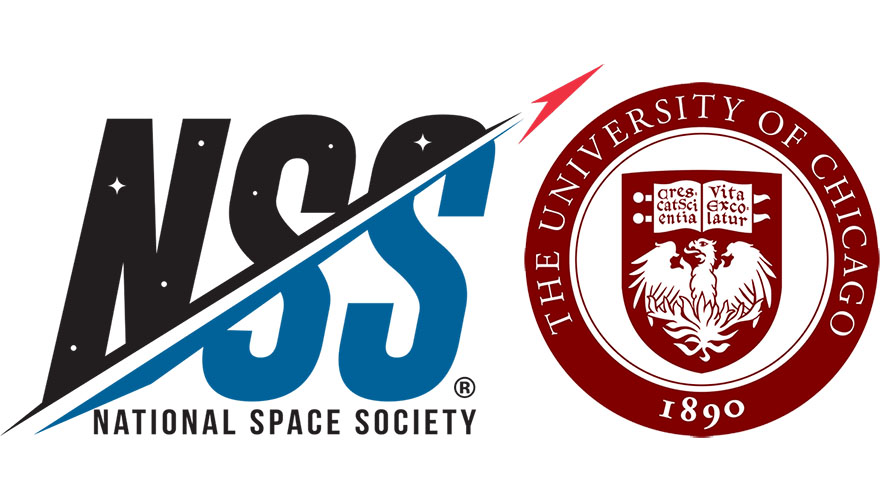
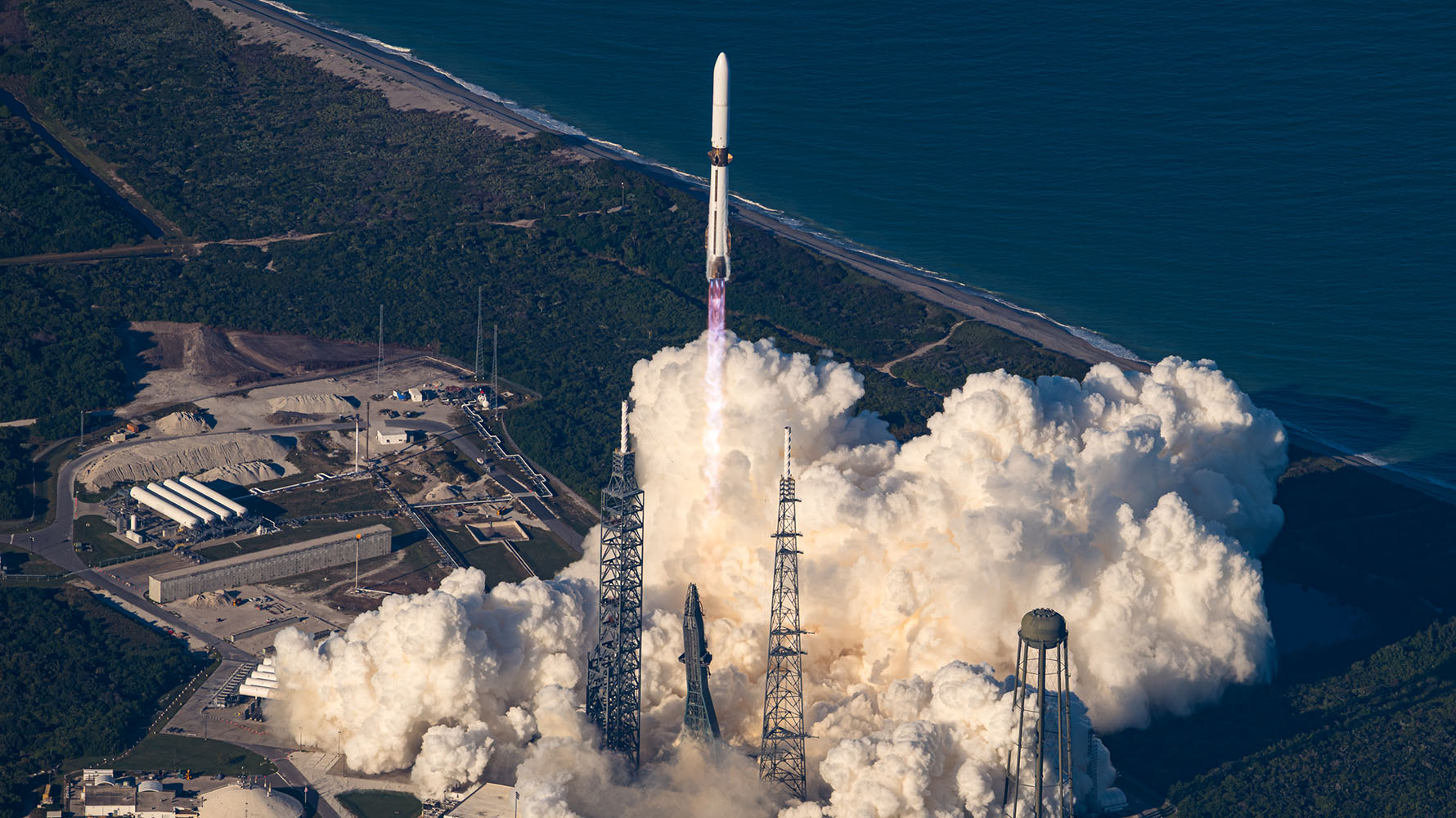
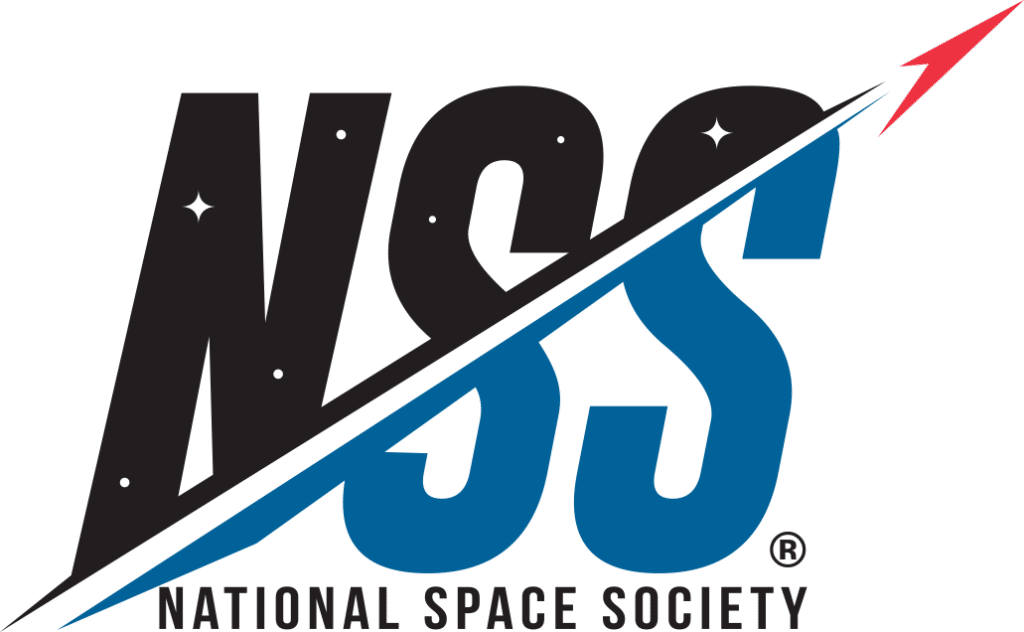

2 thoughts on “NSS Gerard K. O’Neill Space Settlement Contest 2023 Grand Prize”
Absolutely fascinating. Bravo to this team!
Terrific write-up of an authentically imaginative proposal and project process. The promise of the “tomorrow” represented by this group is far rosier than the scenario that inspired Space NoɅ: it’s the reassuring reminder of the brilliant young minds I very much expect will become leading thinkers in our planet’s future!